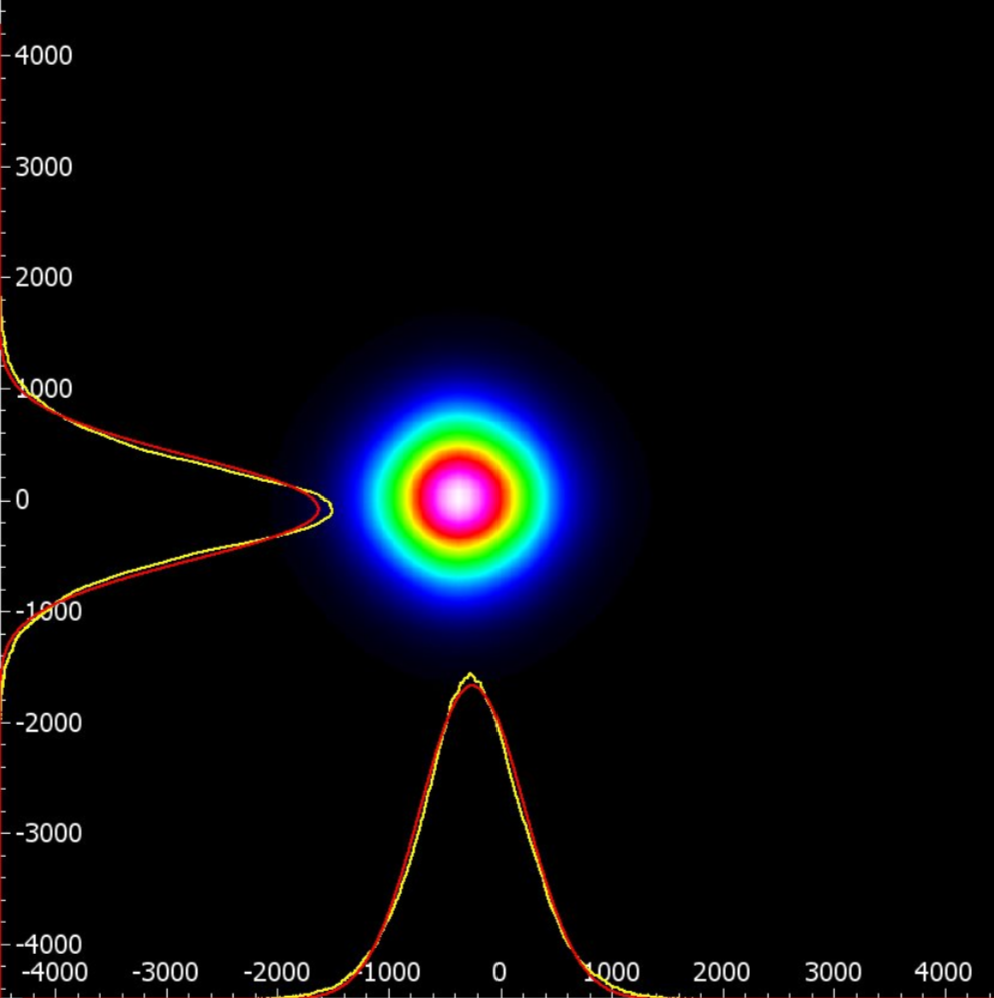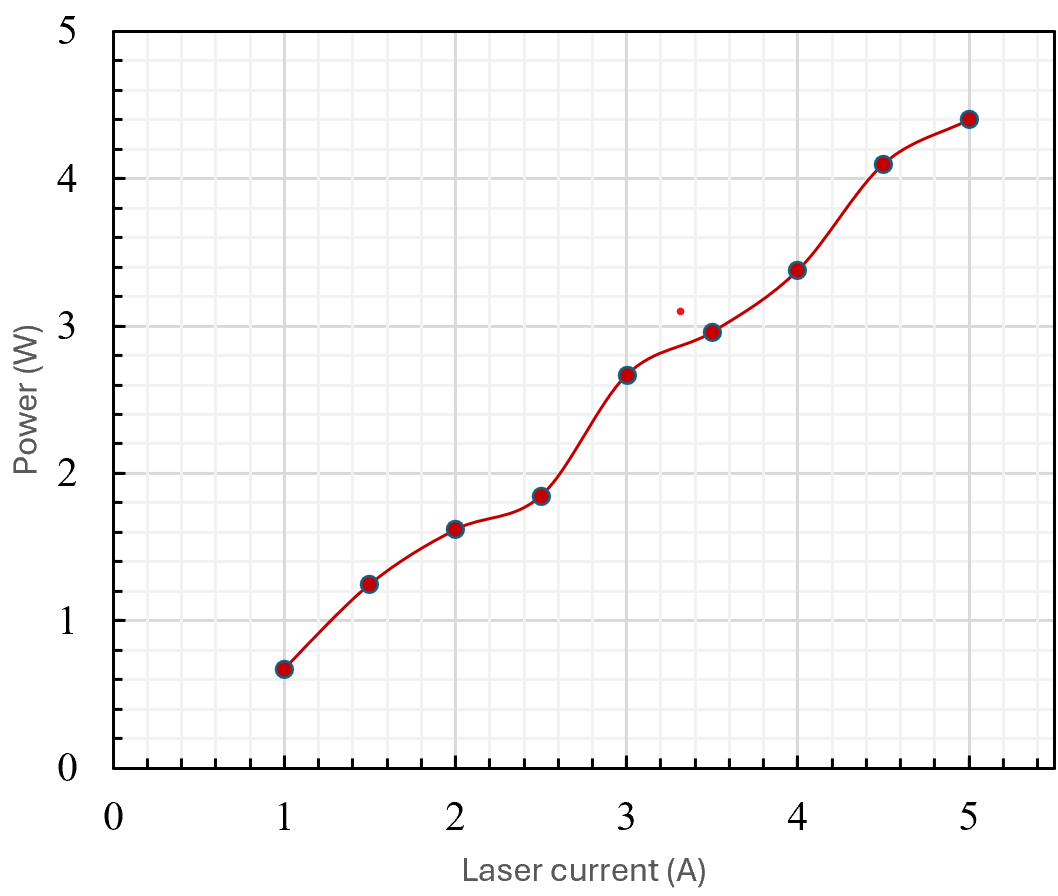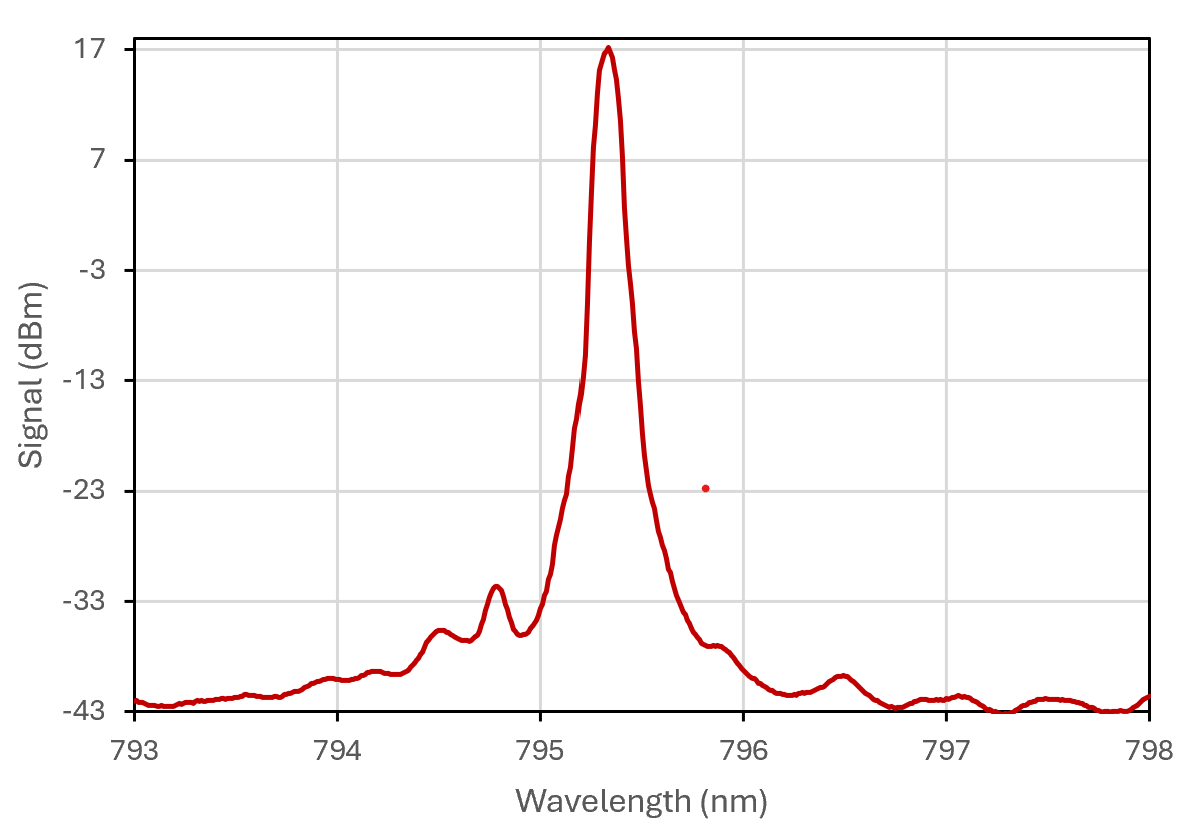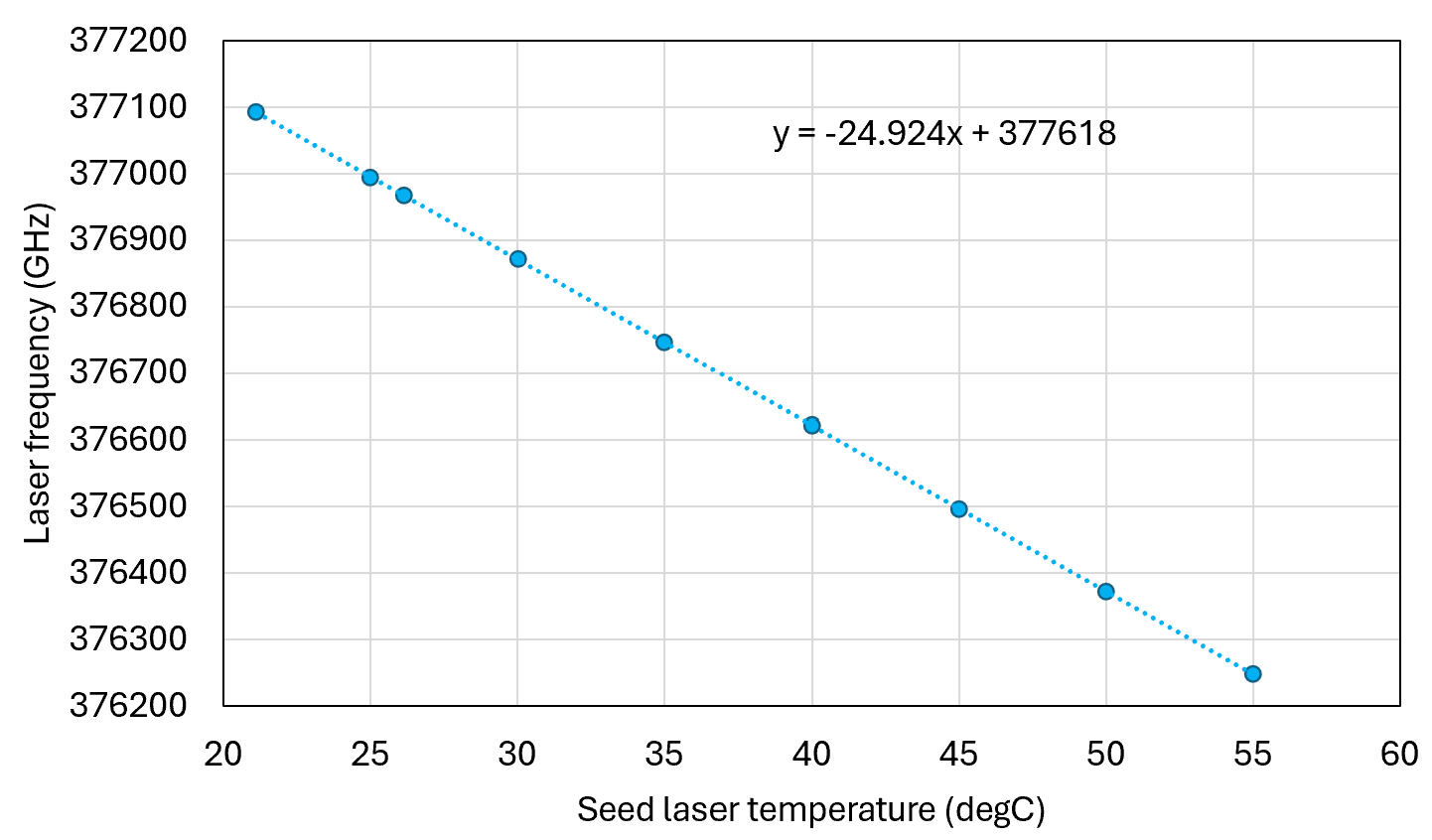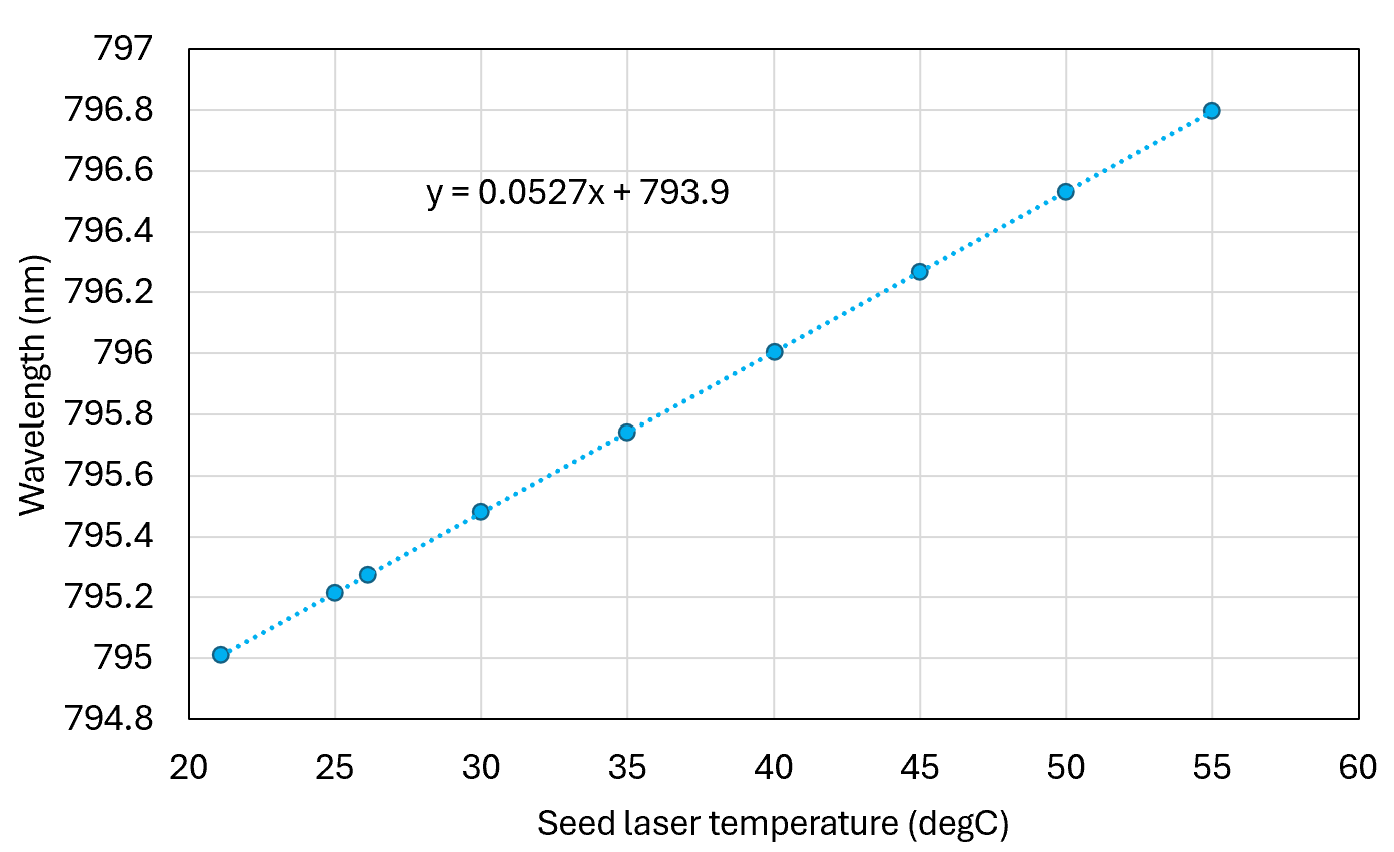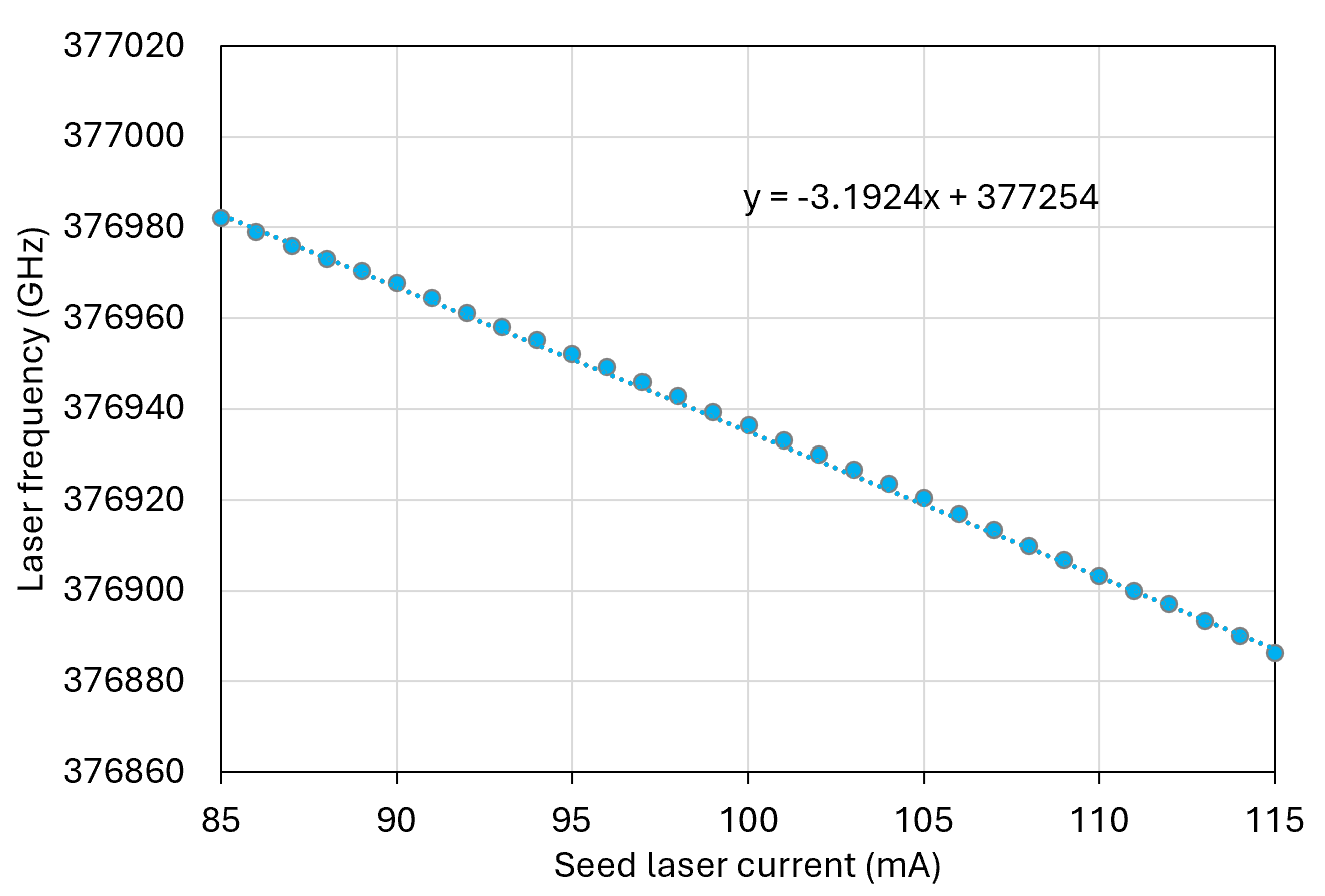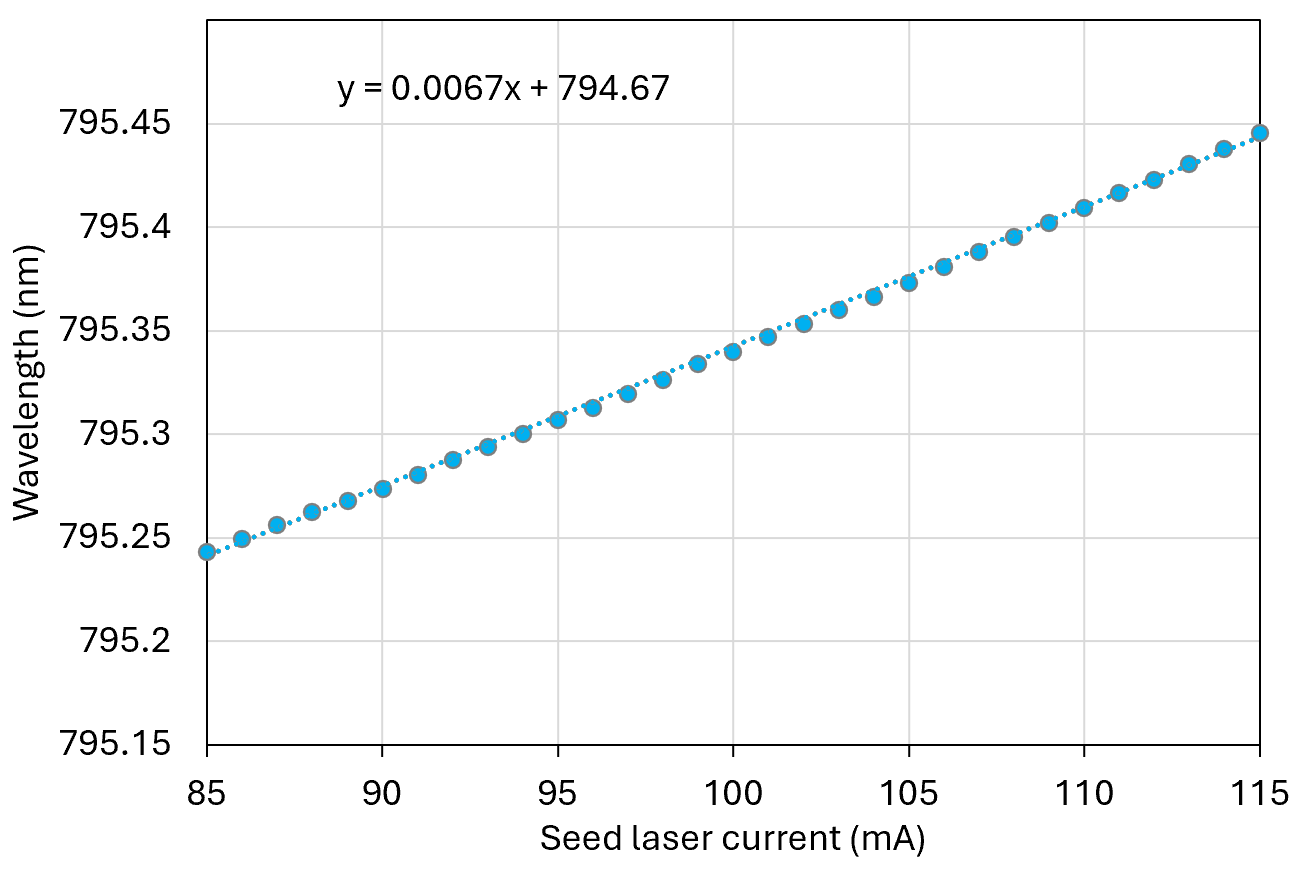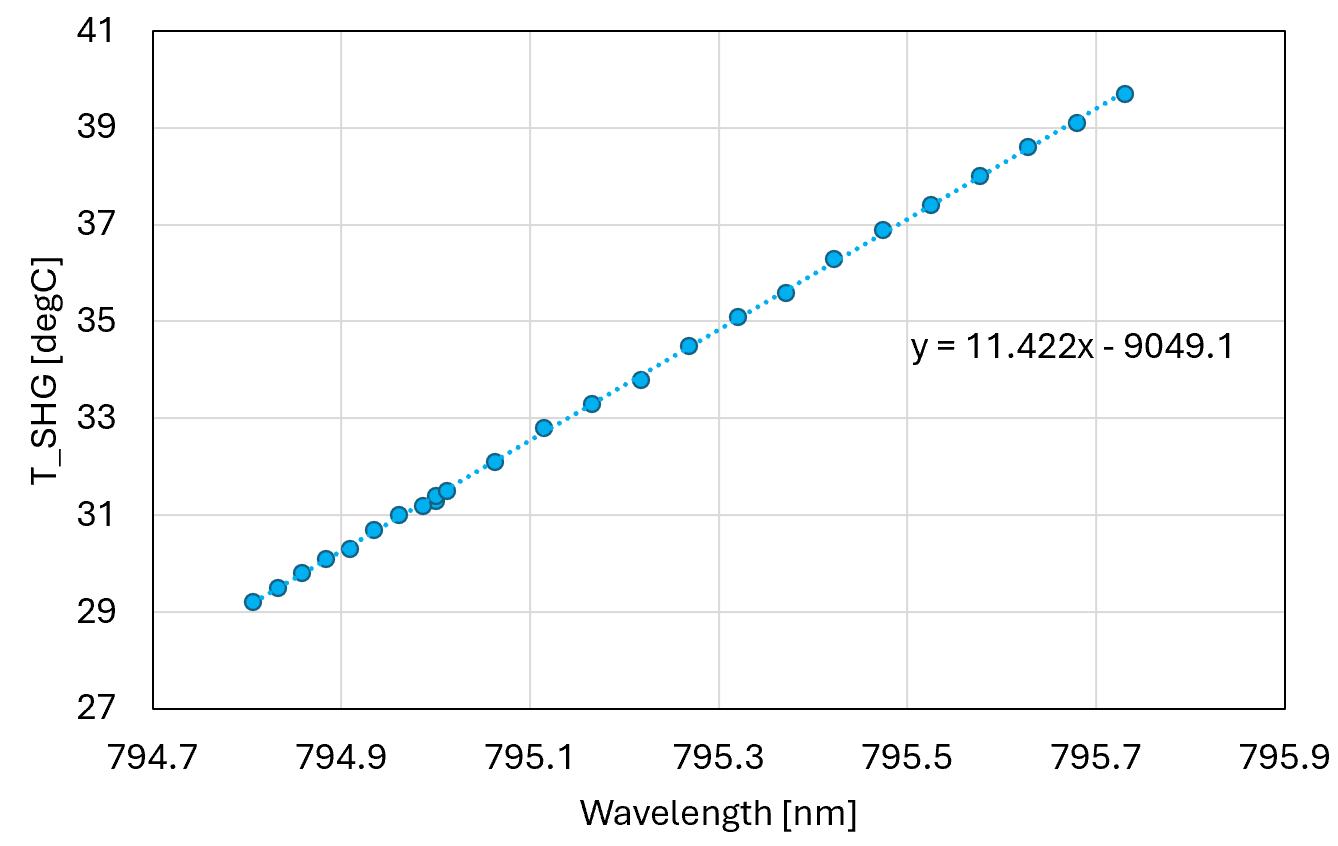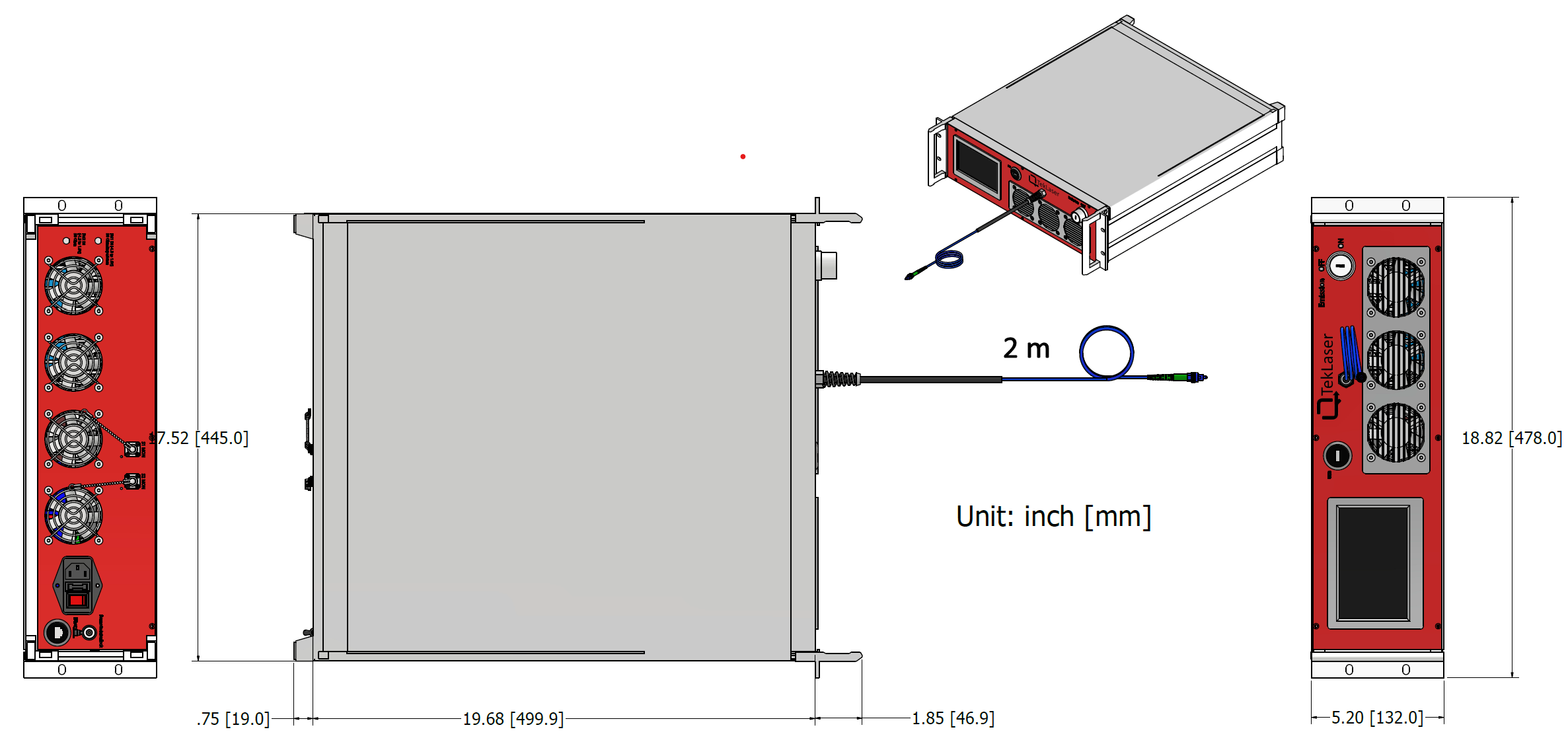795 nm Fiber Laser
Product Description
The QTekLaser™ 795 nm Fiber Laser is a high-precision laser system optimized for quantum computing, quantum sensing, atomic interferometry, and laser cooling and trapping in atomic physics research. Built on robust Second-Harmonic Generation (SHG) technology, this all-fiber, high-power (4 W) laser delivers exceptional performance in a compact and industrial-ready form. Featuring a sleek 3U, 19″ rack-mount chassis and an IoT-enabled control interface, it’s engineered for seamless integration into both lab and industrial environments.
Download 795 nm Fiber Laser Specifications
Features
- Output power 4 W
- High reliability with all-fiber design
- Narrow linewidth (<1 MHz)
- Excellent power stability (<1%)
- User-friendly interface via IoT technology
- 3U 19" Rack mount
- Certified to IEC 60825-1:2014 safety standards
Applications
- Quantum computing
- Quantum sensing
- Atomic interferometry
- Laser cooling and trapping
- Research
Second-Harmonic Generation (SHG)
QTekLaserTM offers laser systems with extended wavelength range by combining nonlinear frequency conversion technologies. Through second-harmonic generation (SHG) we achieve significant laser power at the visible and NIR regime (figure 2; red-shaded cells of table 1). With the development of waveguide technology, nonlinear frequency conversion has become a powerful tool to extend the application scope of fiber lasers.



